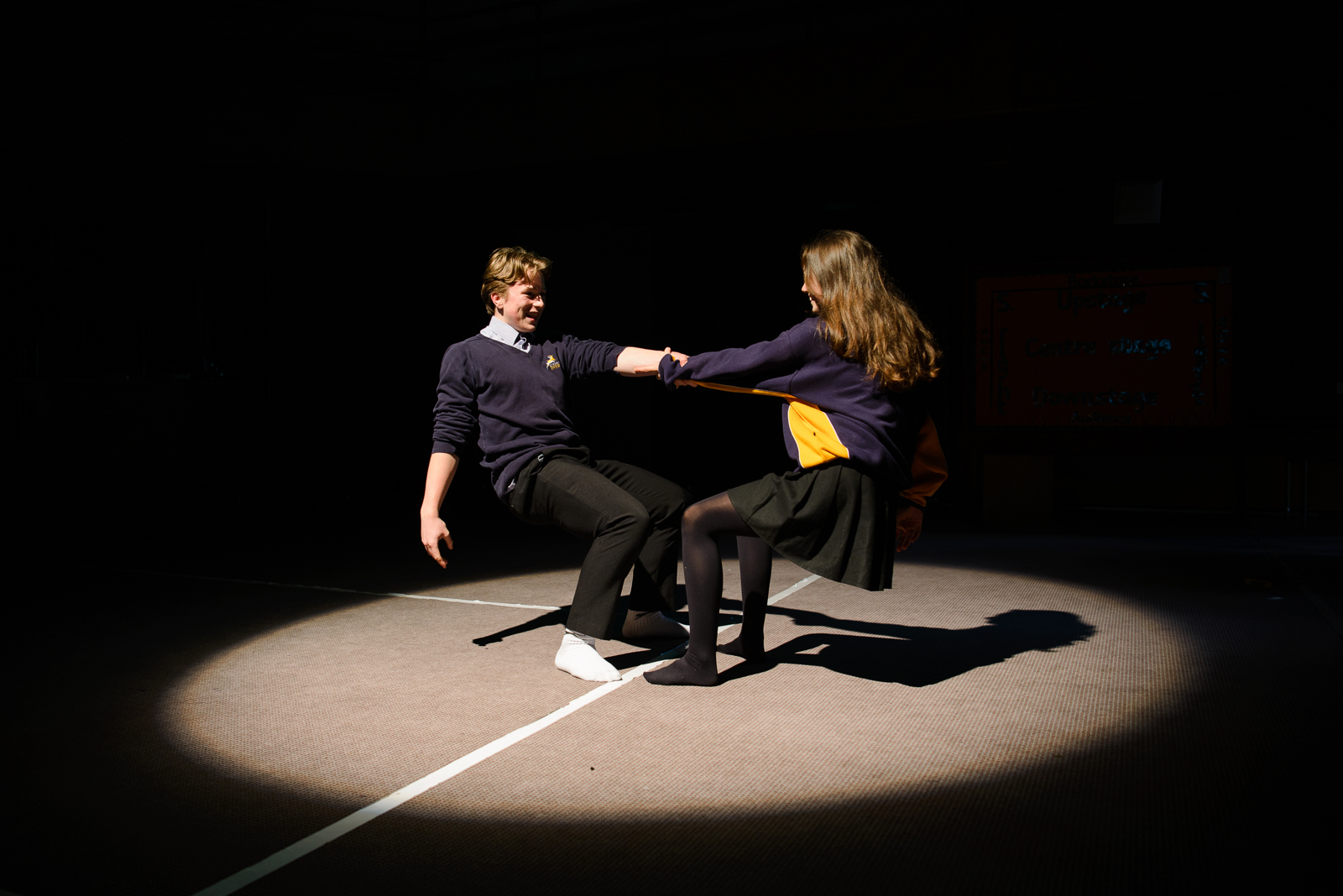Private Peaceful Trip 2018

Year 7 pupils travel to Belgium, following in the footsteps of 'Private Peaceful'.

On Thursday, 24 May 2018 approximately half of our Year 7 pupils left Cirencester for Belgium, long before they would normally be getting up for the day.
Having travelled through the south of England to Dover, and from Calais to the Ypres Salient area in Belgium, we stopped at the Memorial Museum Passchendaele 1917. This interactive museum allowed our pupils to get hands-on and gain some insights into what life might have been like in the battlefields of the First World War. Many of the items on display could be picked up, worn, or even smelt, and the pupils really got a sense of the difficulties that the soldiers faced in their day-to-day lives on the front line. The underground dugout experience and trenches too helped the pupils gain an understanding of how the war was fought.

Following a quick stop at our hotel and a nourishing meal, we headed out again. The rain was falling gently as we arrived at Tyne Cot Cemetery, the largest Commonwealth War Graves Commission cemetery in the world. Our two excellent tour guides, Julian and David, helped the Deer Park community carry out their own solemn memorial ceremony for the fallen. Pupils volunteered to read poems and lay a wreath on behalf of the school, before pausing for a moment of remembrance. Pupils and staff were each given a poppy cross and asked to seek out a grave to lay it on - they carried themselves in a dignified and respectful manner.
After much needed sleep and another early start, we headed out on Day 2 to visit two of the many cemeteries in the area. We were all particularly struck by the grave at Essex Farm Cemetery of Valentine Joe Strudwick who, at 15, was one of the youngest victims of the war. The realisation for many of the pupils that Rifleman Strudwick was not much older than them, and was perhaps the age of an older sibling, really brought home the realities of war. It was at this cemetery that John McCrae wrote the well known poem 'In Flanders Fields' in May 1915.

In Bedford House Cemetery we visited the grave of Private Peaceful. While the title character of the book is fictional, it was upon visiting this particular grave that Michael Morpurgo was inspired to write his novel. There was also an opportunity for the pupils to ask some challenging and thoughtful questions of our guides, who commented on how they were impressed with their maturity.
We travelled to the town of Ypres (Ieper) to visit the famous Menin Gate, where every evening at 8pm buglers play 'The Last Post'. One of our pupils had two relatives commemorated at the Gate and English teacher Mr Morgan helped her seek out the names to remember her family members. The Menin Gate holds the names of more than 54,000 soldiers who died and have no known grave.
Following our visit to this well-known war memorial, we visited a local chocolate shop, where many of us exchanged our Euros for Belgian chocolate... obviously an experience that put huge smiles on the faces of our Year 7s and staff!
Our final stop was Poperinghe, known as ‘Pop’ to the soldiers. Poperinghe was a town behind the front line and the permanently fatigued soldiers based in the Ypres Salient visited ‘Pop’ for rest and relaxation. Talbot House (Toc H) was set up by an Army chaplain who wanted a place where soldiers could relax and where where rank was left at the front door - "All rank abandon ye who enter here". There was always an urn of tea on the go and this tradition continues to this day - with many visitors bringing donations of tea or coffee.
Walking across the market square to the town hall, we visited the sobering Death Cell and Execution Post. Over 300 British servicemen were executed here and it is the eventual fate of one of the main characters in the novel. Understanding of conditions such as shell-shock and post-traumatic stress disorder (PTSD) was limited at the time and the soldiers charged with cowardice or desertion were given very quick trials and no legal representation. In the Death Cell there is a visitors book and fittingly one of our pupils, Lowri, left these words which sum up the thoughts and feelings of Cirencester Deer Park School for the whole trip: ‘We will remember you’.
"The trip was fun but also serious. The best bit for me was going to the Passchendaele Museum as there were ‘mock-up’ trenches we could explore." Andrew (7DU)
"The best thing was spending time and learning together with friends." Korren (7TU)
"I enjoyed the museum on the first day - it had lots of hands-on activities." Lexie (7TU)
"The best thing about the trip was going to the courtyard where the soldiers were shot at dawn, because it was interesting finding out why this could have happened." Evie (7DU)
One hundred years after the end of the First World War, our guides helped us understand the scale of the death and destruction, whilst relating various places and events in the book to where we were. The Commonwealth War Graves Commission cemeteries are places of beauty and peace for so many who were sent to their senseless deaths.























